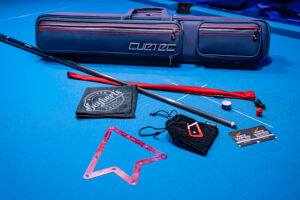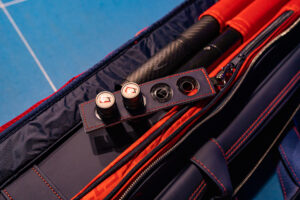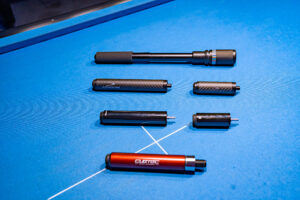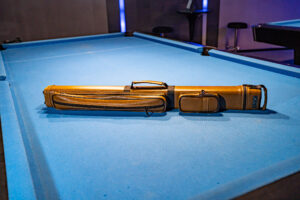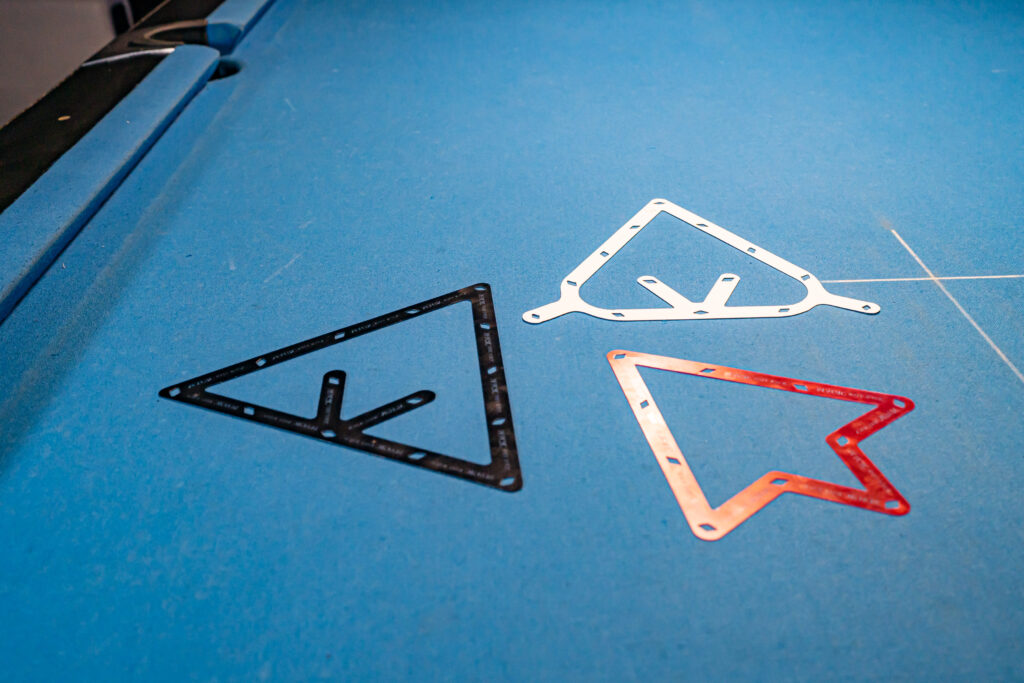
Pool Racks
In the world of pool, the break shot is a critical moment that can set the tone for the entire game. Mastering the break requires not only skillful cue ball control but also an understanding of how pool racks can affect the outcome. Whether you’re playing 8 ball, 9 ball, or 10 ball, the type of rack you use can significantly impact your ability to pocket balls and gain an advantage over your opponent.
Advantages of Pool Racks Compared to Traditional Triangle Rack:
- Consistent Racking: Pool racks, such as diamond-shaped or magic racks, offer a more consistent and tighter rack compared to traditional triangle racks. This consistency reduces gaps between balls, leading to a more controlled break and potentially higher success rates in pocketing balls.
- Improved Ball Spread: Pool racks are designed to encourage a more even spread of balls across the table after the break. This distribution increases the likelihood of having multiple shot options after the break, allowing players to strategize and capitalize on scoring opportunities more effectively.
- Ease of Use: Many pool racks, especially those made of flexible materials like plastic or silicone, are easy to use and require minimal adjustment. The simplicity of placing the rack on the table and removing it after the break saves time and effort, allowing players to focus on their gameplay rather than fussing over rack placement.
- Reduced Wear and Tear: Pool racks made of durable materials can withstand repeated use without showing signs of wear and tear as quickly as traditional triangle racks. Their resilience ensures longevity, making them a cost-effective investment for players who frequently engage in practice sessions or competitive play.
- Variety of Options: There is a wide range of pool racks available on the market, each designed to cater to different game variations and player preferences. Whether players prefer the precision of a diamond-shaped rack or the convenience of a magic rack, they can find a rack that suits their playing style and enhances their overall experience.
Disadvantages of Pool Racks Compared to Traditional Triangle Rack:
- Initial Cost: Pool racks, especially specialized racks like diamond-shaped or magic racks, can be more expensive than traditional triangle racks. The higher upfront cost may deter some players, particularly those on a tight budget or casual players who do not prioritize equipment investment.
- Dependency on Technology: Certain pool racks, such as magic racks, rely on specific materials or designs to achieve their desired performance. This dependency on technology means that if a player forgets or loses their rack, they may struggle to replicate the same level of consistency and precision in their breaks.
- Potential for Damage: Pool racks made of flexible materials may be susceptible to damage if mishandled or improperly stored. Accidental bending or folding of the rack can compromise its structural integrity, leading to irregular ball placement and less effective breaks.
- Compatibility Concerns: Not all pool tables may be compatible with certain types of pool racks. Factors such as table size, surface material, and pocket dimensions can influence the effectiveness of different racks. Players must ensure compatibility between their chosen rack and the table they intend to use to avoid issues during gameplay.
- Limited Traditional Appeal: Some players may prefer the traditional look and feel of using a triangle rack, associating it with the heritage and authenticity of the game. Pool racks, especially modern designs, may lack the nostalgic charm of traditional racks, potentially detracting from the overall ambiance of the playing environment for purist players.
8 Ball: Precision and Power
In 8 ball, where precision is paramount, the choice of pool rack plays a crucial role in achieving a successful break. A tight rack ensures that the balls are clustered together closely, increasing the likelihood of pocketing one or more balls on the break. The triangular rack, commonly used in 8 ball, allows for a solid, centralized break, providing the player with control over the cue ball’s path. However, one disadvantage of this rack is that it can sometimes lead to a clustered layout of balls, making subsequent shots more challenging.
9 Ball: Strategic Placement
When it comes to 9 ball, strategic placement of the balls is key to securing victory. The diamond-shaped rack, specifically designed for 9 ball, offers advantages in terms of ball distribution and potential pocketing opportunities. Its unique arrangement encourages the balls to spread out evenly across the table, increasing the chances of sinking the 9 ball on the break. Additionally, the diamond rack facilitates precise positioning of the cue ball, allowing players to target specific balls with greater accuracy. Nevertheless, achieving a consistent break with this rack requires skill and finesse, as minor adjustments can significantly affect the outcome.
10 Ball: Controlled Chaos
In 10 ball, where precision meets chaos, the choice of pool rack can determine the flow of the game. The magic rack, a relatively recent innovation, has gained popularity among 10 ball players for its ability to produce a tight, uniform rack without the need for precise manual adjustment. This consistency ensures that the balls break cleanly, with minimal interference, allowing players to focus on controlling the cue ball’s path. However, the magic rack’s uniformity can also lead to predictable break patterns, making it easier for opponents to anticipate and counteract.
Conclusion:
In conclusion, the type of pool rack you choose can significantly impact your performance in 8 ball, 9 ball, and 10 ball games. While each rack offers its own advantages and disadvantages, mastering the art of cue ball control is essential for achieving success on the break. By understanding how pool racks influence ball distribution and break patterns, you can gain a competitive edge and elevate your game to new heights.

